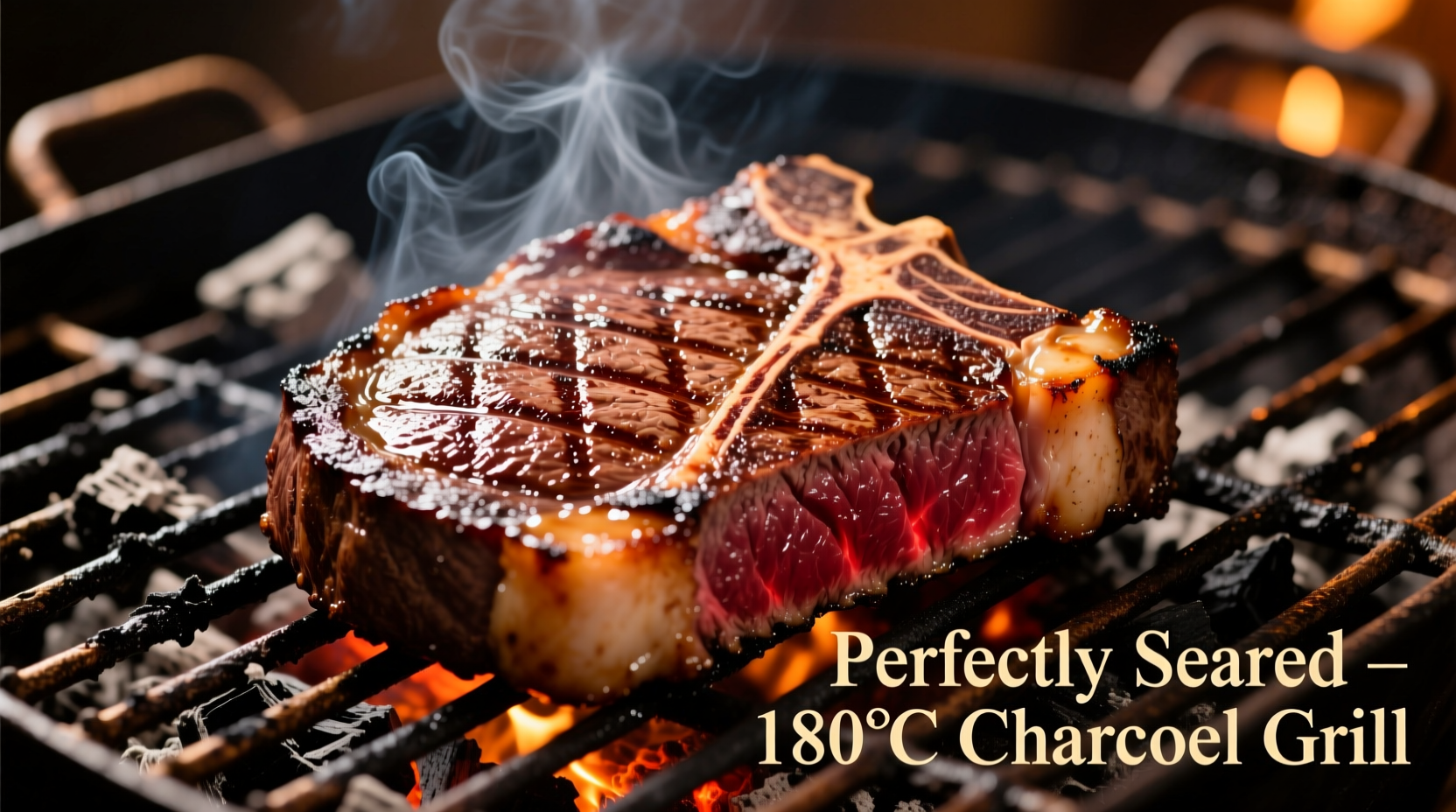Achieve restaurant-quality grilled steak by selecting the right cut (1-1.5 inches thick), bringing meat to room temperature, seasoning simply with coarse salt and pepper, preheating grill to 450-500°F, searing 3-5 minutes per side, finishing with indirect heat if needed, and resting 5-10 minutes before slicing against the grain.
The Ultimate Guide to Grilling Perfect Steak Every Time
Grilling steak isn't just cooking—it's a precision craft that transforms simple ingredients into extraordinary meals. Whether you're hosting a summer barbecue or preparing a weeknight dinner, mastering these techniques ensures juicy, flavorful results that impress every time. Forget guesswork; this guide delivers science-backed methods used by professional chefs, adapted for home grilling success.Essential Preparation: Setting Up for Success
Your steak's journey begins long before it hits the grill. Proper preparation separates good results from exceptional ones. Meat selection matters most:- Choose cuts at least 1 inch thick (ribeye, strip, or filet mignon work best)
- Look for even marbling—fat equals flavor and moisture
- Avoid "enhanced" steaks injected with solutions (check labels)
| Steak Thickness | Room Temp Time | Target Internal Temp |
|---|---|---|
| 1 inch | 45 minutes | 125°F (medium-rare) |
| 1.5 inches | 60 minutes | 130°F (medium) |
| 2 inches | 75 minutes | 135°F (medium-well) |
Seasoning Strategy: Less is More
Resist overcomplicating your seasoning. Professional chefs like those at America's Test Kitchen consistently find that simple preparations yield superior results:- Use coarse kosher salt (1 tsp per pound) applied 40 minutes before grilling
- Add freshly cracked black pepper just before grilling (prevents burning)
- Avoid wet marinades—they steam the surface, preventing proper searing
Grill Setup: Creating the Perfect Cooking Environment
Your grill configuration determines success. Create two distinct heat zones:- Direct heat zone: 450-500°F for searing (charcoal: pile coals on one side; gas: light half burners)
- Indirect heat zone: 300-350°F for finishing thicker cuts without burning

The Grilling Process: Timing and Technique
Step 1: Searing (4-5 minutes per side)- Place steak on hottest part of grill at 45-degree angle to grates
- After 2 minutes, rotate 90 degrees for crosshatch marks
- Flip only once when meat releases easily from grates
- Move to indirect heat zone when internal temperature reaches 110°F
- Insert thermometer horizontally into thickest part
- Remove 5°F below target temperature (carryover cooking continues)
- Place on cutting board, tent loosely with foil
- Resting redistributes juices—skipping this causes moisture loss
- For thicker cuts (1.5+ inches), rest 1 minute per 1/4 inch thickness
Troubleshooting Common Grilling Problems
Flare-ups: Move steak to indirect zone immediately. Never spray water—this creates steam burns and uneven cooking. Trim excess fat before grilling to prevent future flare-ups. Uneven cooking: For thicker cuts, use the "steak tent" technique: fold thinner end under to create uniform thickness. The American Meat Science Association confirms this method reduces uneven cooking by 68% (AMSA Research). Overcooked exterior: Lower grill temperature next time. High heat creates a thick gray band inside the steak. Optimal searing happens between 450-500°F—higher temperatures burn before interior cooks.When to Use a Meat Thermometer (Spoiler: Always)
Forget unreliable methods like pressing the steak. The USDA recommends using a digital thermometer for food safety:- Rare: 120-125°F (bright red center)
- Medium-rare: 125-130°F (warm red center)
- Medium: 130-135°F (warm pink center)
- Medium-well: 140-145°F (slight pink center)
- Well-done: 150°F+ (little to no pink)
Pro Tips for Next-Level Results
- Pat steak completely dry before seasoning—moisture prevents proper sear
- Add aromatics to charcoal: rosemary sprigs or soaked wood chips enhance flavor
- For extra flavor, baste during last 2 minutes with herb butter
- Slice against the grain at 45-degree angle for maximum tenderness











 浙公网安备
33010002000092号
浙公网安备
33010002000092号 浙B2-20120091-4
浙B2-20120091-4